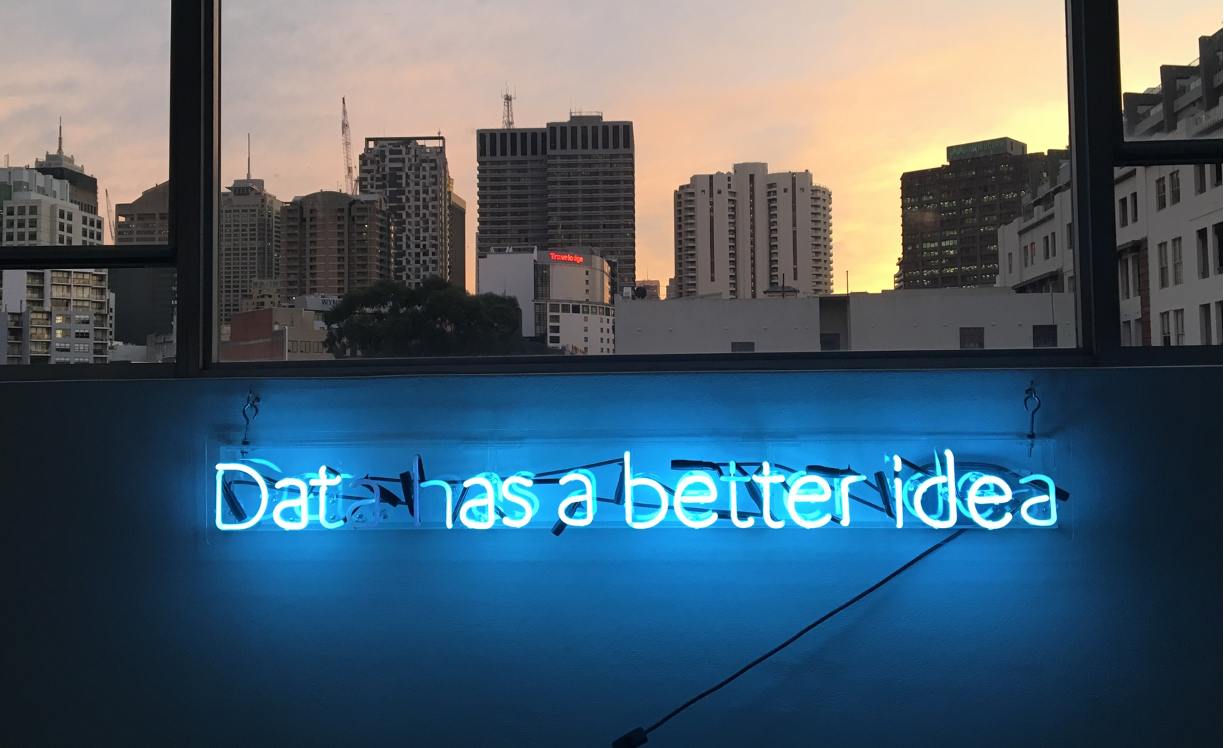"Information is the oil of the 21st century and analytics is the combustion engine.”
Peter Sondergaard (Senior VP, Gartner Research)In an increasingly competitive global market, your brand is your most valuable asset. It is your company’s identity, the essence of what you stand for and in which your customers place their trust. Like any valuable asset, a brand needs protection. The challenge has become how brands can effectively protect themselves at scale, across multiple channels and threats.
Global challenge
Figures from Oberlo found an estimated 2.14 billion people purchased goods or services online in 2021, with Statista reporting that e-retail sales surpassed US$4.9trillion for the same year.
Trade in counterfeit goods is the dark side of increased globalisation and e-commerce. Having more efficient global supply chains and the fact that the world is more connected makes illegal activities easier and more prolific. According to an OECD report released in 2019 in conjunction with the EU Intellectual Property Office (EUIPO), trade in fake goods stands at 3.3% of global trade. This figure is continually rising despite the fact that world trade has stagnated since the 2007 economic crisis.
Covid-19 illustrates how unscrupulous, persistent and adaptive counterfeiters are in responding to new market trends. A report published by Europol in April 2020, shows how the pandemic has resulted in criminals producing medications, medical equipment and hand sanitisers which are either counterfeit or unauthorised for use, lacking appropriate testing or certification. Substandard or counterfeit products threaten the health and safety of consumers and medical staff while lining the pockets of criminals. The speed and ease with which counterfeiters are able to adapt to fill the gaps between demand and supply pose a serious threat to brands looking to defend their authenticity and protect their market share, customers and brand. Monitoring your markets, keeping an eye on competition, analysing reviews and knowing what’s being said about your brand on social media, are vital to spot and understand the scale of potential threats to your brand.
The OECD report shows that 6.8% of EU imports are counterfeit goods, amounting to a global value of €121billion. Counterfeit is highly appealing to criminal networks. It presents a low risk, attractive, high-return proposition. Unscrupulous individuals and groups working together jeopardise legitimate brands’ trade, profits and ultimately, reputation. Time and money invested in building a brand can be devastated by the unlawful actions of counterfeiters through illicit trade.
Scale of the problem
Traditionally, more developed economies, such as the USA, were prime targets for counterfeit trade. This would have been due to the wealthier economies being able to invest heavily in innovation and R&D, providing lucrative opportunities for counterfeiters to gain value. Nowadays, any economy that relies on innovation in Intellectual Property becomes a target because there is something for infringers to gain. Countries investing in R&D regardless of their location are now in the fraudsters’ sights.
It’s worth noting that the OECD figures only refer to physical goods subjected to customs seizures. They do not take into account counterfeits produced and consumed within a single country, with no need for customs scrutiny. Nor do they consider pirated digital goods, such as films or music. Undeniably, global counterfeit is a problem of unimaginable scale. So, how is the prevalence of such an illegal activity possible?
Clever conveyance and communication methods
Counterfeiters are always looking for opportunities to exploit - opportunities afforded by globalisation. They take advantage of any good solution that facilitates trade - whether it be for communication or distribution purposes. In terms of communication channels, online marketplaces and social media platforms create an accessible, segmented customer base for fraudsters. Digital platforms help connect supply and demand globally.
In terms of distribution channels, transportation by sea is a popular choice for counterfeiters. According to a report carried out jointly by the OECD with the European Observatory on Infringement of Intellectual Property Rights of the EUIPO in 2017, there are not yet robust policies in place to check the authenticity of transported goods. Shipments of counterfeits are generally perceived as ‘commercial trade infractions’ rather than criminal activity, unlike the seizure of illicit narcotics and hazardous goods. So, there is little deterrent to counterfeit maritime trade.
Sending small parcels by air and road is another popular method. Reports indicate that the number of individual seizures in small shipments through air-travel and road transport is increasing. These seizures, however, are still a small percentage of the potential number that could be stopped.
Buying and selling via online marketplaces, social media and e-commerce sites makes it very easy for counterfeiters to trade undetected. Continually monitoring fraudulent activity across all of these channels is a massive undertaking for any brand looking to safeguard its reputation.
What AI technology can offer
In addition to the scale of the problem, it’s difficult for brands to make sense of the challenge. How do they know what to look for, or even where to start, given the magnitude? On a manual basis, it’s near impossible for a team to spot trends and connections between individuals or groups of individuals working together.
AI offers the ability to tackle and understand the problem at scale. It uncovers the scope of evidence that teams need to solve the problem. Having ready access to AI-driven data analytics gives teams a greater and faster understanding of what needs to be done.
Data processing at scale
The ability to analyse large volumes of data using techniques such as text analytics, natural language processing and machine learning provides new insights into data sources that were formerly untapped. AI-driven analytics allows brands to make faster and more informed decisions than previously possible, on an unprecedented scale. It allows them to identify patterns, surface potential illegal traders, and start to tackle the problem in a meaningful way.
Until the Digital Services Act (link to our guide/article) comes into force, the onus on brands to have to adopt brand protection strategies to address the problem by executing takedowns and pursuing offenders offline. This puts the onus on brands to have to adopt brand protection strategies to address the problem by executing takedowns and pursuing offenders offline. However, for popular brands with tens of thousands of daily posts on social media, marketplaces and e-commerce platforms, manually reviewing these posts for brand infringements is an impossibly mammoth task. Online and offline teams try to trace the steps between the manufacturer, distributor and supplier to join the dots and cut the counterfeiter off at source. According to Phil Lewis, Director General of the Anti-Counterfeiting Group (ACG), the scale of the problem makes this an impractical undertaking without the use of technology.
How Pasabi can help
Pasabi has developed its own online brand protection platform using bespoke AI technology. We have worked closely with some of the world’s biggest brands to develop a state of the art fake detection system.
Using the latest augmented intelligence techniques, Pasabi builds a picture of the true scale of the counterfeit problem. Our AI algorithms identify offenders who are abusing your brand, products and hashtags online. We surface the connections between individuals to uncover groups acting together and allow you to build the evidence you need to remove the ‘bad actors’ from social channels, marketplaces and e-commerce sites Our platform allows you to instigate takedowns and supports your legal team’s efforts to prosecute offenders on the ground.
Reinforce rather than replace
Pasabi’s AI-enabled technology does not replace human involvement and existing processes, but rather empowers teams to take action at scale. It augments and supplements their efforts, giving them the insights they need and the ability to direct resources where their time is best spent.
Support rather than recreate
Pasabi’s online brand protection software supports your existing processes. It does not require brands to adopt completely new ways of working. Our platform can work in tandem with existing partners and providers, such as legal and enforcement teams, to support their operational practices allowing them to do what they do best at scale. The evidence uncovered from the AI-driven data highlights suspicious individuals or groups and creates a ‘watchlist’ to allow teams to focus on the worst offenders. This evidence facilitates measures to be taken directly by legal teams, such as takedowns, offline legal action or enforcement.
Total Brand Protection
The outcome is that the consumer experience is cleaned up, reducing the risk of buying sub-standard or dangerous counterfeits. Teams are empowered by technology to make decisions to proactively mitigate brand misuse at scale.
If you’re looking to understand the your counterfeit goods problem, why not download our guide.


